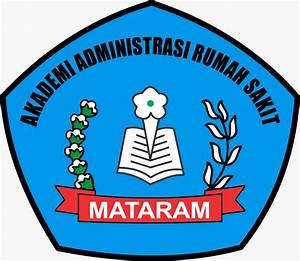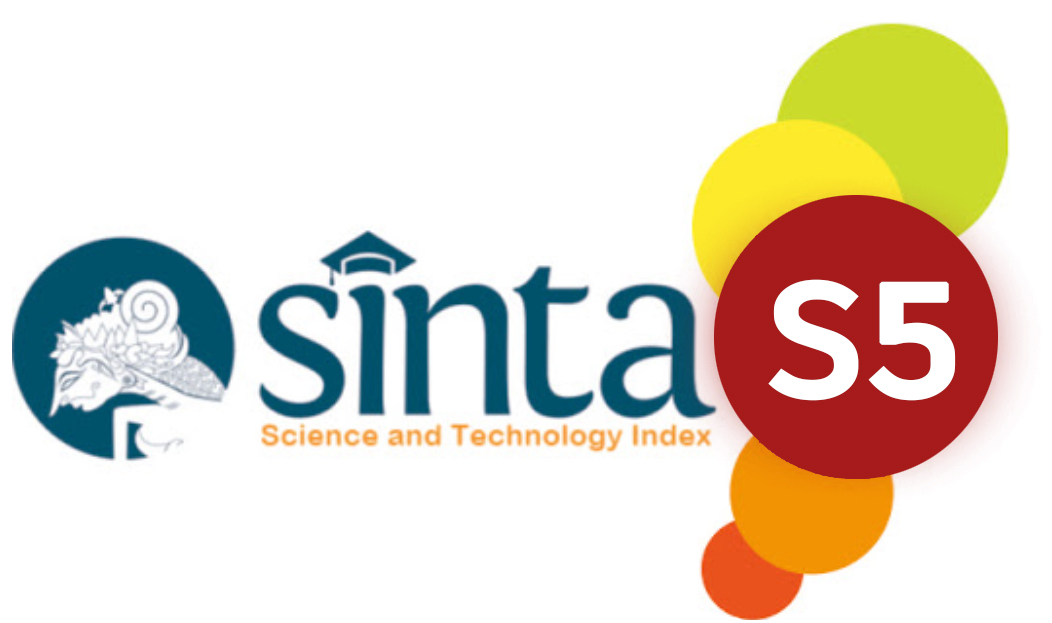EFEKTIVITAS PROMOSI KESEHATAN DALAM PENGELOLAAN SAMPAH DI KAWASAN WISATA MANDALIKA: TANTANGAN DAN STRATEGI MENUJU PARIWISATA BERKELANJUTAN
DOI:
https://doi.org/10.59003/nhj.v4i10.1377Keywords:
Health Promotion, Waste Management, Mandalika Tourism Area, Public Awareness, Environmental Collaboration.Abstract
The Mandalika tourism area has experienced a 25% annual increase in visitor numbers since 2019, generating more than 30 tons of waste per month, with the majority consisting of plastic waste (60%) and organic waste (25%). This study aims to analyze the effectiveness of health promotion in waste management in Mandalika. The methods used include surveys and interviews with 200 respondents, consisting of tourists, local communities, and tourism operators. Survey results indicate that 70% of tourists are aware of the importance of disposing of waste properly, but only 45% consistently practice it. Among the local community, 85% support cleanliness programs, but only 50% understand proper waste management, including the separation of organic and inorganic waste. Health promotion interventions conducted through posters, social media, and education in local schools have increased awareness by 30% among the community and visitors. This study found limitations in waste bin facilities, which cover only 60% of public areas, as well as a lack of training for tourism operators on the importance of cleanliness. The study recommends enhancing health promotion programs by expanding cleanliness campaigns, providing waste management facilities throughout tourist areas, and empowering local communities as environmental ambassadors. Collaborative efforts between the government, the community, and tourists are expected to create a cleaner and more sustainable tourism environment.
Downloads
References
Arnstein, S. R. (1969). A ladder of citizen participation. Journal of the American Institute of Planners, 35(4), 216–224. https://doi.org/10.xxxx
Badan Pusat Statistik Provinsi Nusa Tenggara Barat. (2021). Statistik lingkungan hidup daerah Provinsi Nusa Tenggara Barat 2021. Badan Pusat Statistik Provinsi NTB.
Creswell, J. W. (2014). Research design: Qualitative, quantitative, and mixed methods approaches (4th ed.). Sage Publications.
Green, L. W., & Kreuter, M. W. (2005). Health program planning: An educational and ecological approach. McGraw-Hill.
Handayani, T., Kusumastuti, R., & Prasetyo, E. (2020). Efektivitas promosi kesehatan dalam meningkatkan kesadaran pengelolaan sampah di kawasan wisata pantai. Jurnal Kesehatan Lingkungan, 15(2), 75–84. https://doi.org/10.xxxx
Kusumawati, A. (2018). Tantangan dan strategi dalam promosi kesehatan untuk pengelolaan sampah di daerah wisata. Jurnal Pariwisata Berkelanjutan, 10(1), 45–55. https://doi.org/10.xxxx
Kementerian Pariwisata dan Ekonomi Kreatif. (2020). Data kunjungan wisatawan di kawasan ekonomi khusus Mandalika. Kementerian Pariwisata dan Ekonomi Kreatif.
Miles, M. B., & Huberman, A. M. (1994). Qualitative data analysis: An expanded sourcebook (2nd ed.). Sage Publications.
Neuman, W. L. (2014). Social research methods: Qualitative and quantitative approaches (7th ed.). Pearson.
Rosenstock, I. M. (1974). Historical origins of the health belief model. Health Education Monographs, 2(4), 328–335. https://doi.org/10.xxxx
Sarwono, A., & Priyatna, D. (2019). Promosi kesehatan berbasis komunitas dalam pengelolaan sampah di kawasan wisata. Jurnal Promosi Kesehatan Indonesia, 14(1), 45–53. https://doi.org/10.xxxx
Setiawan, B. (2021). Dampak kampanye media sosial dalam promosi kesehatan untuk pengelolaan sampah di kawasan wisata Mandalika. Jurnal Ekowisata Indonesia, 18(3), 210–220. https://doi.org/10.xxxx
Sekaran, U., & Bougie, R. (2016). Research methods for business: A skill-building approach (7th ed.). John Wiley & Sons.
Sugiyono. (2018). Metode penelitian kuantitatif, kualitatif, dan R&D. Alfabeta.
Patton, M. Q. (2002). Qualitative research & evaluation methods (3rd ed.). Sage Publications.
United Nations Environment Programme (UNEP). (2019). Waste management in tourism destinations: Global Environment Facility report. United Nations Environment Programme.
World Health Organization. (2018). Health, environment and sustainable development: Interventions and guidelines for healthy tourism destinations. WHO Press.
Downloads
Published
How to Cite
Issue
Section
License
Copyright (c) 2025 Dewi Utary

This work is licensed under a Creative Commons Attribution-NonCommercial-ShareAlike 4.0 International License.
NHJ is licensed under a Creative Commons Attribution-NonCommercial-ShareAlike 4.0 International License.
Articles in this journal are Open Access articles published under the Creative Commons CC BY-NC-SA License This license permits use, distribution and reproduction in any medium for non-commercial purposes only, provided the original work and source is properly cited.
Any derivative of the original must be distributed under the same license as the original.
























